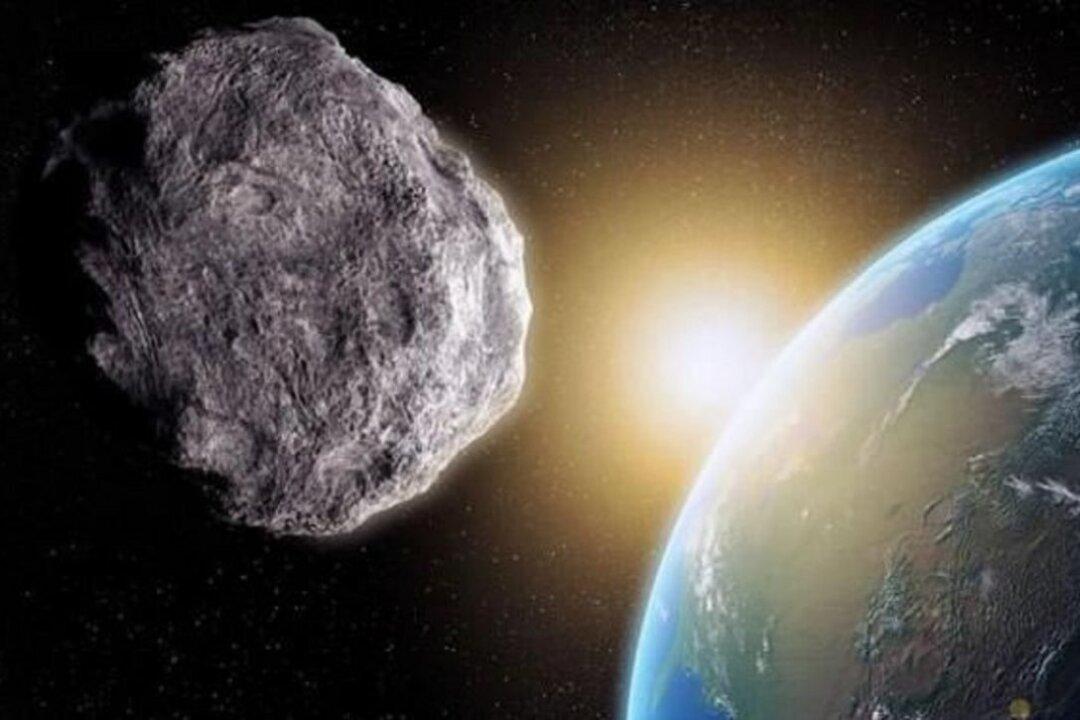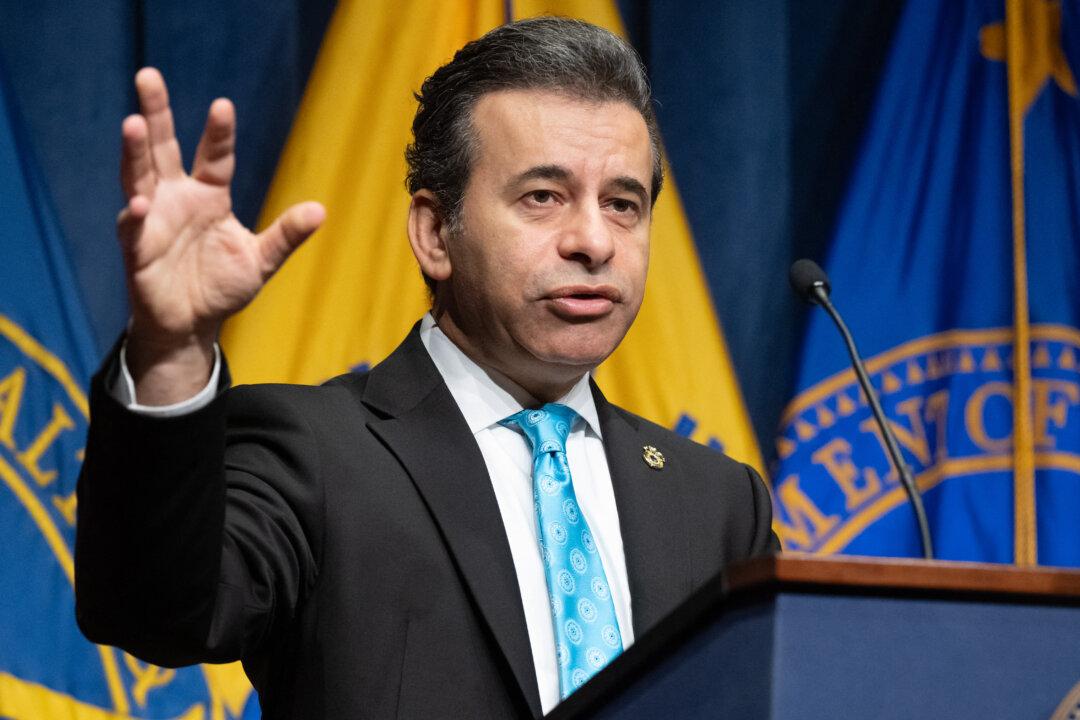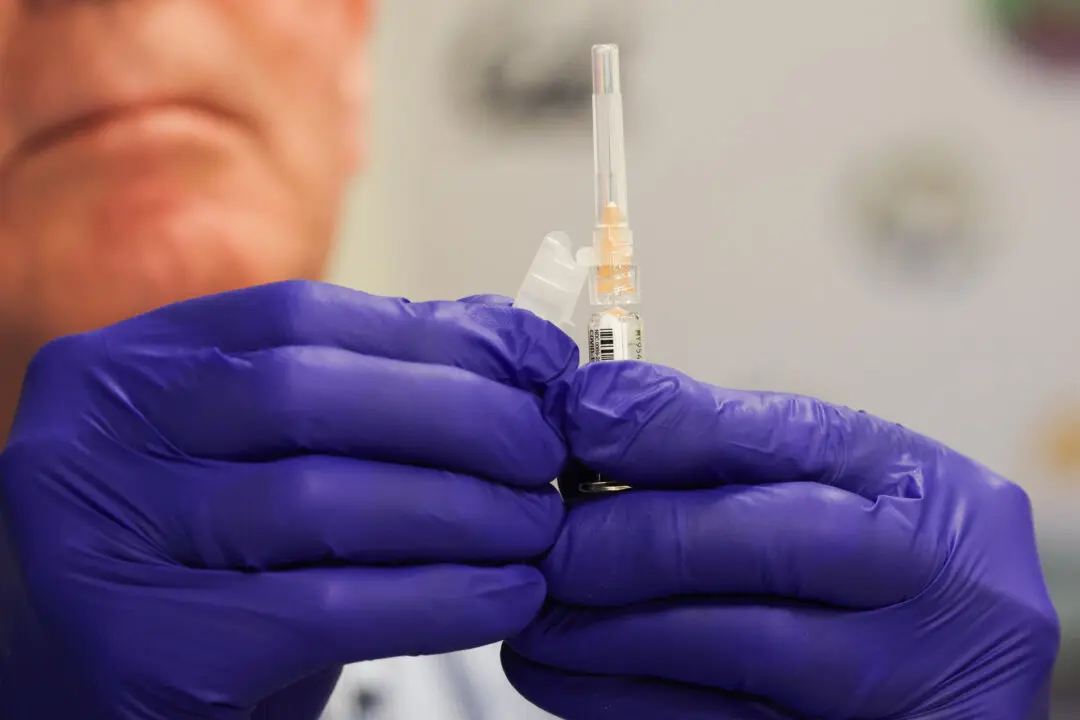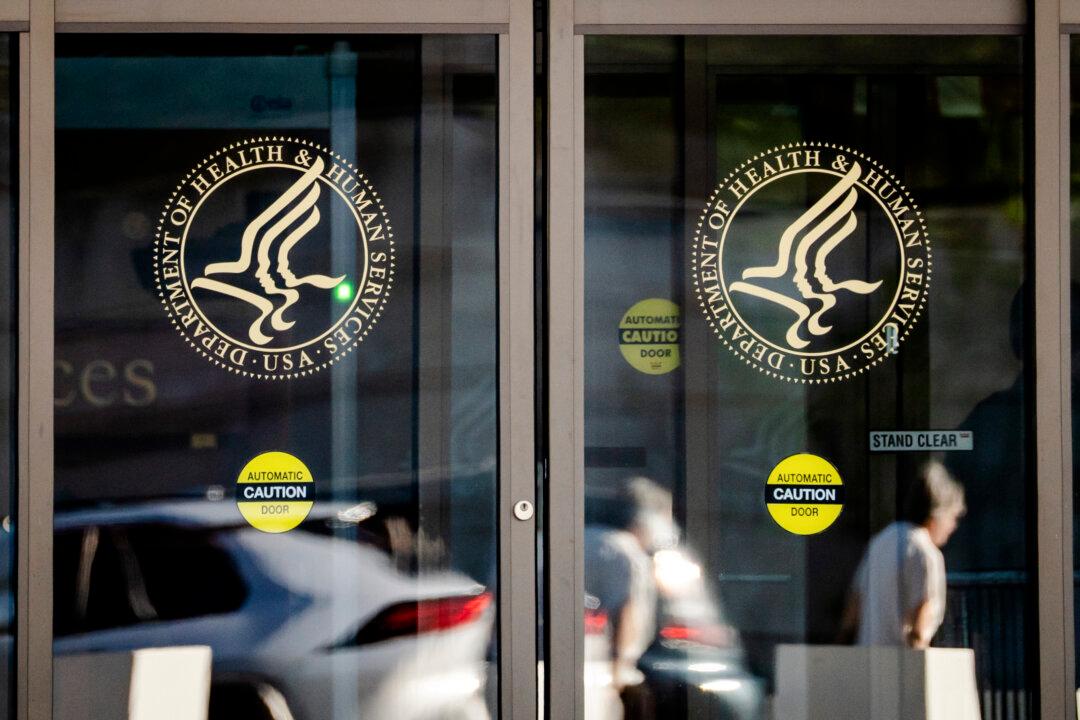The head of the National Aeronautics and Space Administration (NASA) said that a major asteroid could crash into the Earth in our lifetime.
Jim Bridenstine, the agency’s administrator, said during a keynote speech at the International Academy of Astronautics’ 2019 Planetary Defense Conference in College Park, Maryland that the threat of asteroids is real.





